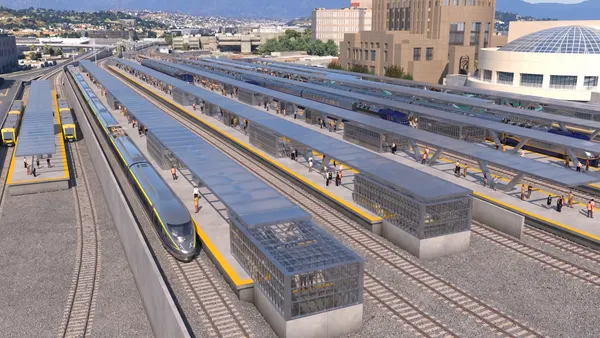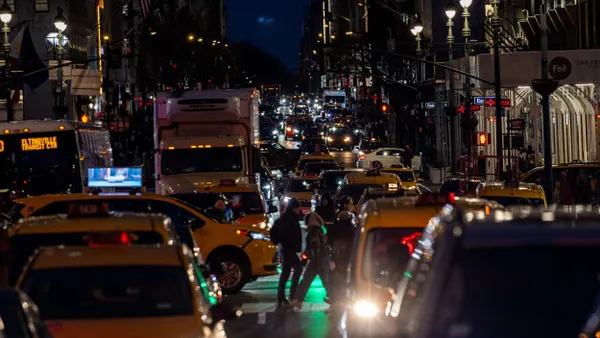Editor's Note: The following is a guest post from Mark Lawrence, co-founder and CEO of Chicago-based SpotHero.
People have been reinventing the wheel for centuries. More recently, people have been reinventing conventional uses of wheels to move folks from place to place — especially in urban areas. Today, people in urban areas around the world can train, scoot, drive, bus, bike or walk from here to there. A report from PwC and the National Parking Association confirms that one common area could hold the answer to reducing congestion resulting from multi-modal innovation: the curb.
Some cities see curbs that line their paved streets as emergency routes. Some see curbs as places for people to convene as they hold for a walk signal, pick up or drop off passengers, grab a bike-share or wait for a bus. Many see curbs as a parking destination — Seattle, for instance, has 514,000 on-street spots serving a total population of around 704,000. Some see curbs as all of the above.
However, the curb’s role as a parking destination, in particular, was not a mainstream thing until 1972. In fact, it was illegal to park anything on a curb for more than a few hours in New York City until 1950. That’s why there’s clear practicality in cities working with industry players to take concerted, diverse steps to decrease road congestion and improve urban mobility. More importantly, the civic technology and transportation communities in cities everywhere have an opportunity to return the curb to the public.
Harmonizing public and private sector approaches to the curb
Government agencies differ in their approaches to understanding how new modes of transportation impact traffic and infrastructure. They take different paths to addressing specific private sector actions like introducing app-connected transport inventory to city streets prior to seeking regulatory approval. On the flip side, companies take different routes to populating the streets with scooters, bike-shares and vehicles of all shapes and sizes. At the center of both turbulent efforts: people.
Every mode of transportation — from semi-trucks to cars to motorized scooters to tandem bicycles — inspires driver or operator culture. People associate elements of their own personalities with the wheels they choose to take to get places. You can see it in the attire people wear, the bumper stickers they choose and the sunglasses tan (or lack thereof) on their faces. The curb is an area where transportation cultures meet — and not always in a rosy way. The key for municipalities and private sector organizations navigating these social dynamics is to modernize local infrastructure around curbs in a way that takes transportation habits of diverse groups of people into account.
Ensuring that the curb’s future is mobile
Shifting thinking around how the curb can be better utilized for the benefit of people in cities requires fundamentally changing institutional approaches to parking and mobility. More specifically, finding ways to rethink how we use the curbs, and how new uses can change the flow and structure of our cities. By reimagining the curb, we can explore other options for the space, like sidewalk cafes, dedicated bike lanes or wider sidewalks for easier walking. Democratizing curb-adjacent street lanes is a crucial first step for cities looking to embrace a connected, efficient and people-centric future of mobility.
For example, Washington, DC rolled out a pilot program centered around the idea of "flex-space" in 2017. Through the program, a stretch of Connecticut Avenue located in the busy Dupont Circle neighborhood is used for different things at different times of the day, depending on demand. During the morning and afternoon hours, the Dupont circle curb is dedicated to biking and walking, eliminating the congestion caused by ride-share hailers and newbie parallel parkers. At night, the space is used exclusively for ride-share drop off and pickup. Core to DC’s pilot program and other “flex-space” efforts in America’s urban areas from Seattle to the Bronx: mapping a place’s curb space to the actual needs and movement habits of people who live, commute and visit there — and returning functionality to an oft overlooked space.
Civic transportation stakeholders should view the curb as an asset to help streamline areas dedicated to modes of transportation, and they should work with real people to change the culture of curbs in cities where clashes can happen. The curb can, and should, be a free and open area for urban mobility, community, safety and activity. People should be excited about its potential to transform how cities move.









